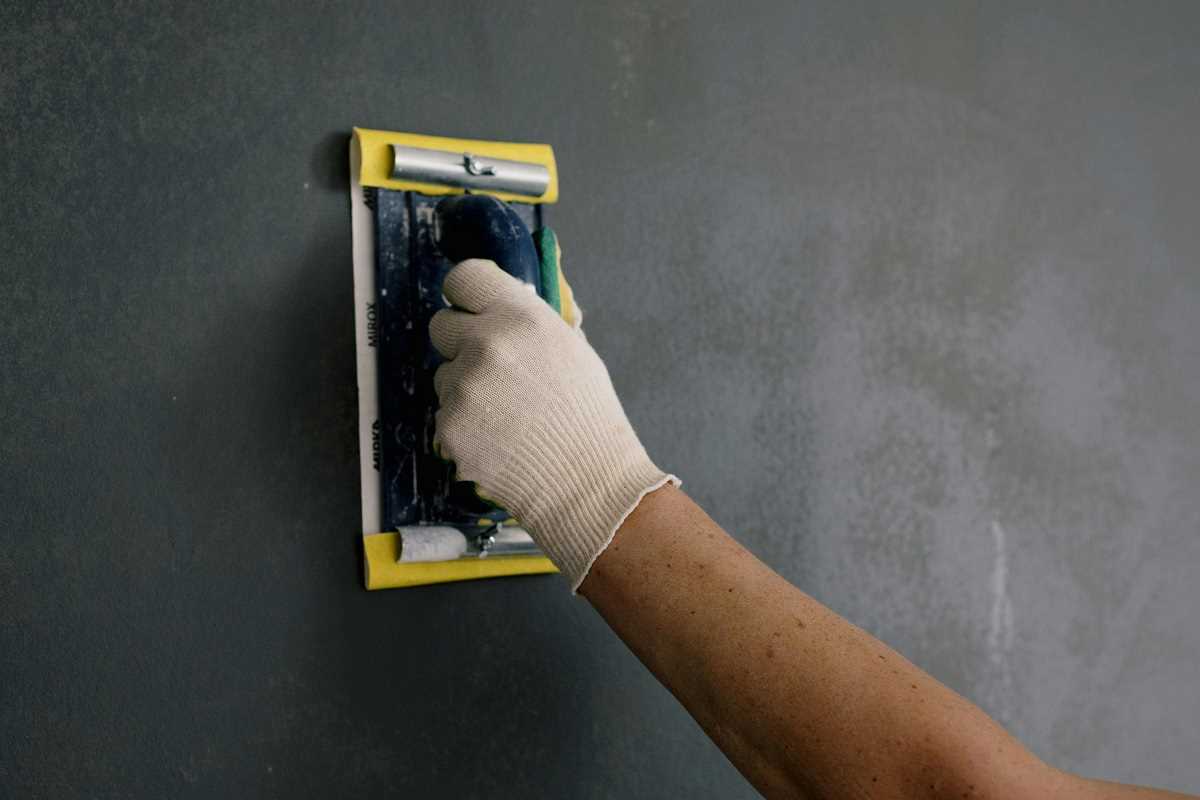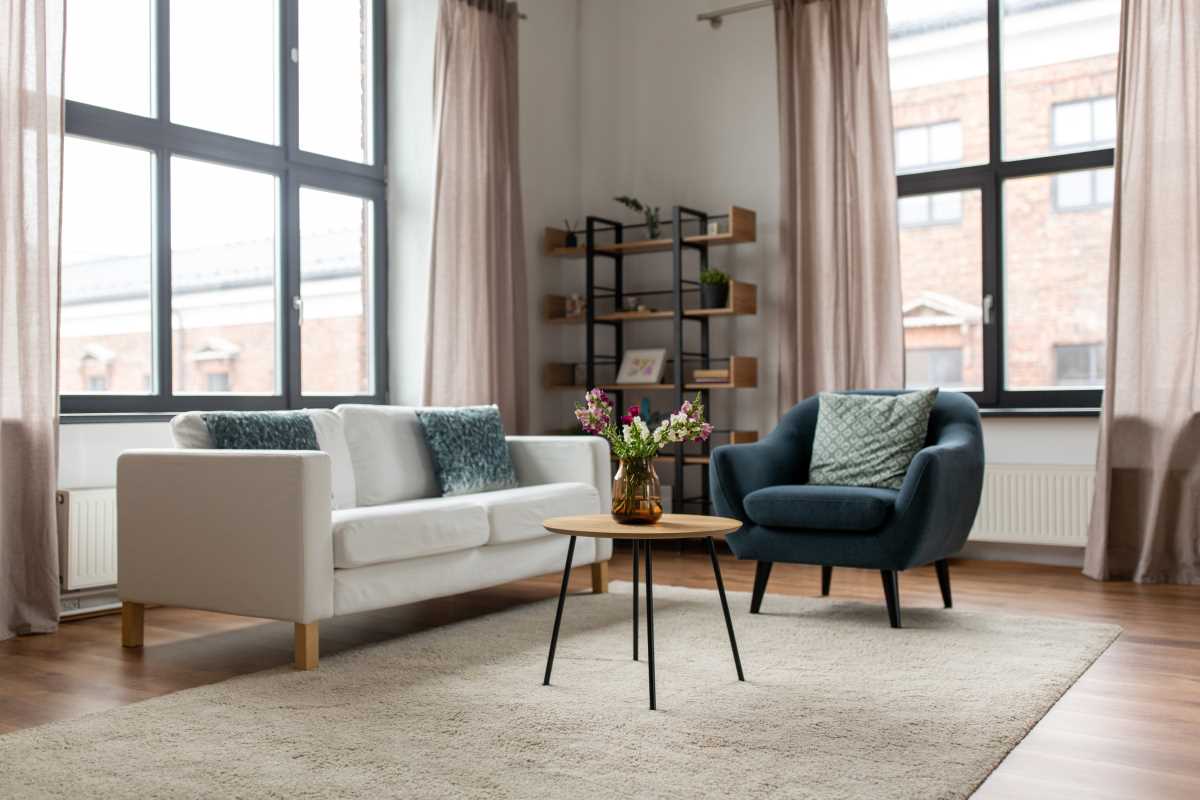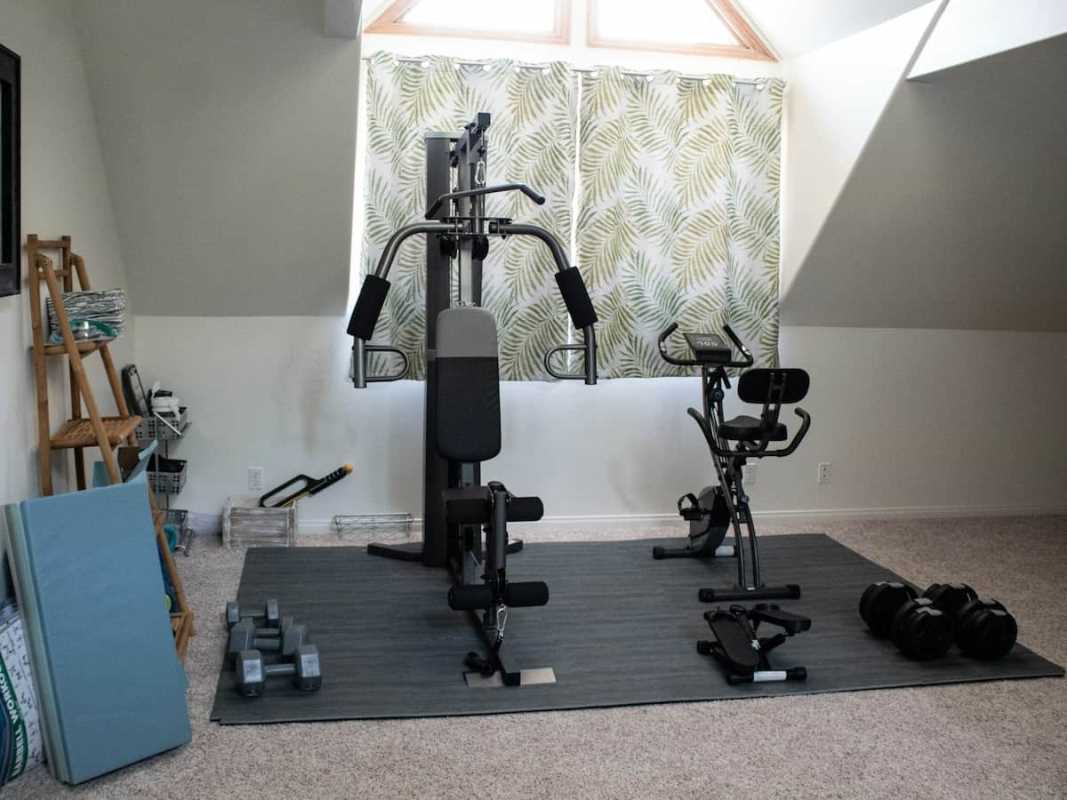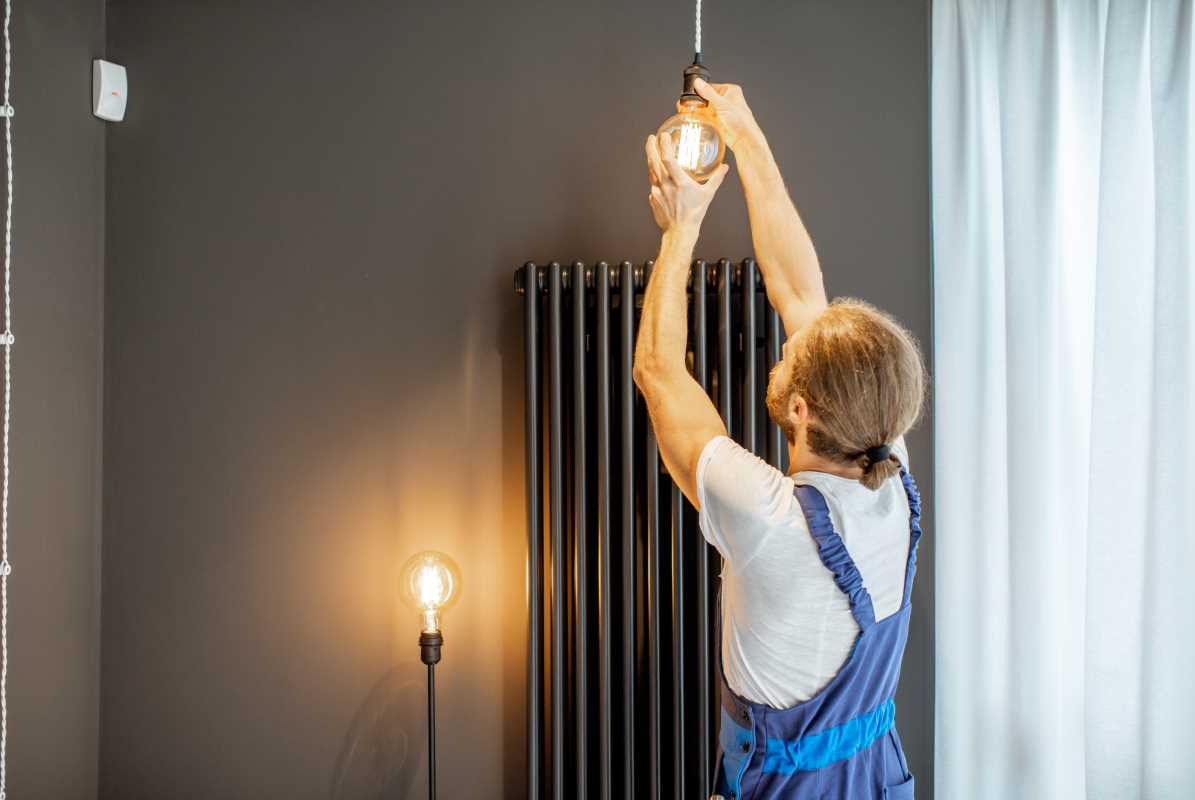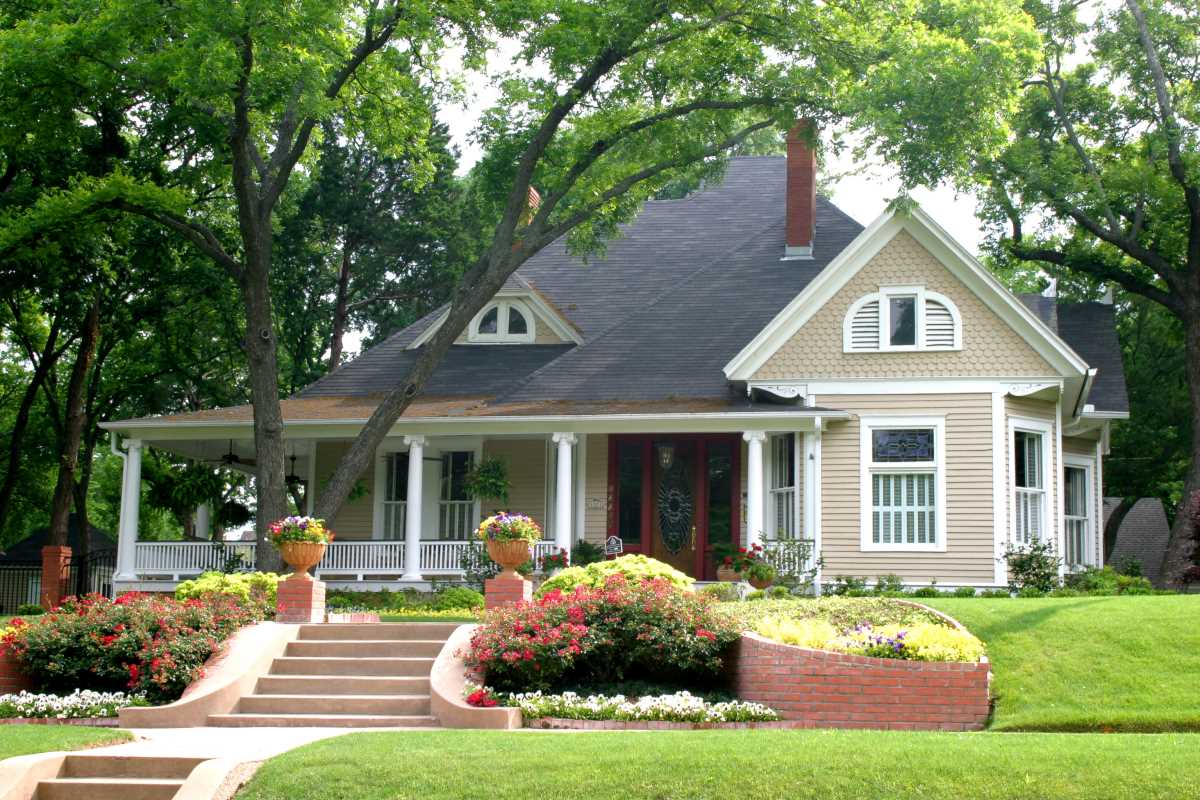Dreaming of a space flooded with natural light where you can chill with a book, surround yourself with plants, or just vibe with the outdoors, no matter the weather? A sunroom extension might just be the ultimate home glow-up you're looking for. It’s a space that blurs the line between inside and out, creating a perfect sanctuary for relaxation and connection.
Building an extension is a big move, but with the right plan, you can create a dreamy, light-filled escape that adds serious style and value to your home. Before you start sketching out your vision, let's break down the key things to consider to make sure your sunroom is everything you want it to be.
Find the Perfect Spot: Location is Everything
Where you build your sunroom will have a huge impact on how you use it and how much you love it. The direction it faces determines the amount and type of light it gets throughout the day, which is a major deal for a room literally named after the sun.
- North-Facing: A northern exposure gives you soft, indirect light all day long. This is amazing for artists' studios, home offices, or reading nooks where consistent, gentle light is key. You won't get intense heat, but it might be cooler in the winter.
- South-Facing: This is your go-to for maximum sunshine. A south-facing sunroom will be drenched in bright, direct light for most of the day, especially in the winter when the sun is lower. It's perfect for plant lovers and for creating a warm, passive-solar space. Just be sure to plan for cooling and UV protection in the summer.
- East-Facing: Rise and shine! An east-facing sunroom gets beautiful morning light, making it the perfect spot for a breakfast nook or a morning yoga session. It will be cooler in the afternoons, offering a nice escape from the late-day heat.
- West-Facing: Get ready for golden hour. A west-facing room gets strong afternoon and evening sun, which is stunning for sunsets but can get very hot. It’s a great spot for entertaining in the evening, but you'll definitely need to think about blinds or shades.
Get Legit: Building Codes and Permits
This part isn't the most glamorous, but it’s super important. Before you build anything, you need to understand your local building codes and get the right permits. Skipping this step can lead to huge fines or even having to tear down your new addition.
Every city and county has different rules about home additions. These regulations cover things like how close you can build to your property line (setbacks), the type of foundation required, and electrical wiring standards. The easiest way to handle this is to work with a reputable contractor who knows the local rules. They can help you navigate the paperwork and ensure your sunroom is built safely and legally.
Choose Your Materials Wisely
The materials you choose define your sunroom's look, durability, and energy efficiency. You want a vibe that's both stylish and sustainable, blending seamlessly with the rest of your home.
Framing Materials
- Vinyl: An affordable and low-maintenance choice. Vinyl frames are durable and offer good insulation, making them a popular and practical option.
- Aluminum: Offers a sleek, modern look with slim frames that maximize your glass area. While strong, it's not as insulating as other materials, so look for options with "thermal breaks" to improve energy efficiency.
- Wood: Gives a classic, warm, and natural look. Wood is a great insulator but requires more maintenance to protect it from moisture and rot. It's a beautiful, authentic choice if you're up for the upkeep.
- Fiberglass: The high-end option. Fiberglass is incredibly strong, durable, and energy-efficient. It can be painted and mimics the look of wood without the maintenance.
Glass is the Star
The glass is the main event in a sunroom. Modern glass technology offers way more than just a clear view.
- Double- or Triple-Pane: This is a must for insulation. Multiple panes of glass with a gas fill (like argon) in between help keep your sunroom comfortable year-round.
- Low-E Coatings: This nearly invisible metallic coating reflects heat, keeping your space cooler in the summer and warmer in the winter. It’s a huge win for energy efficiency and for protecting your furniture from fading due to UV rays.
Plan for Year-Round Comfort: Heating and Cooling
You want to be able to use your sunroom every day, not just when the weather is perfect. Planning for heating and cooling from the start is essential for creating a truly functional, four-season space.
- Heating: You can extend your home's existing HVAC ductwork into the sunroom, but this isn't always the most efficient option. A ductless mini-split system is a fantastic, energy-efficient alternative that provides both heating and cooling. For a touch of luxury, consider installing heated floors. They provide consistent, comfortable warmth from the ground up.
- Cooling & Ventilation: All that glass can create a greenhouse effect, making your sunroom hot in the summer. A mini-split system is great for cooling. Also, be sure to include operable windows and skylights to allow for natural ventilation. A ceiling fan is another must-have to help circulate air and keep the space feeling fresh.
Make it Functional and Fabulous
With the technical stuff sorted, it’s time for the fun part: designing a space that reflects your style and meets your needs.
Maximize Your Light and Views
Arrange your furniture to take full advantage of the views and natural light. Don’t block windows with tall furniture. A low-profile sofa or a pair of chic armchairs can keep the sightlines open. Consider adding skylights to bring in even more overhead light and create a feeling of openness.
Create a Cohesive Vibe
To make the sunroom feel like a natural part of your home, carry over some design elements from the adjoining rooms. Use a similar color palette or the same flooring to create a seamless transition. This will make your entire home feel larger and more connected.
Accessorize for Comfort and Style
- Window Treatments: While you want to maximize light, you'll also need privacy and shade. Consider stylish roller shades, cellular blinds, or light, airy curtains that can be easily opened and closed.
- Lighting: Layer your lighting for function and mood. A stylish ceiling fan with a light can provide ambient light, while floor lamps and table lamps create cozy reading nooks.
- Bring in the Green: A sunroom is the perfect place for an indoor jungle. Fill it with plants that thrive in bright light, like fiddle leaf figs, monsteras, and succulents. Plants add life, color, and an authentic, eco-friendly touch.
Building a sunroom is an amazing way to enhance your home and your lifestyle. By thinking through these key considerations, you can create a beautiful, functional, and light-filled space you’ll love for years to come.
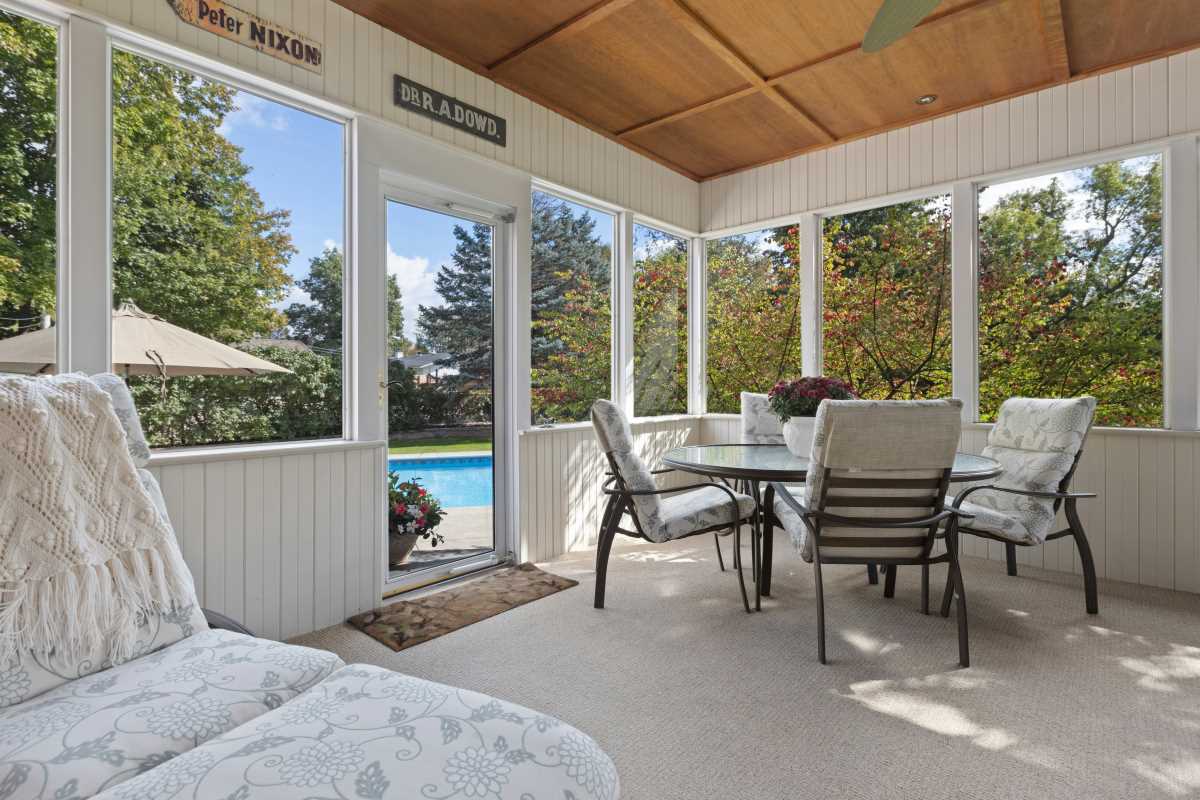 (Image via
(Image via